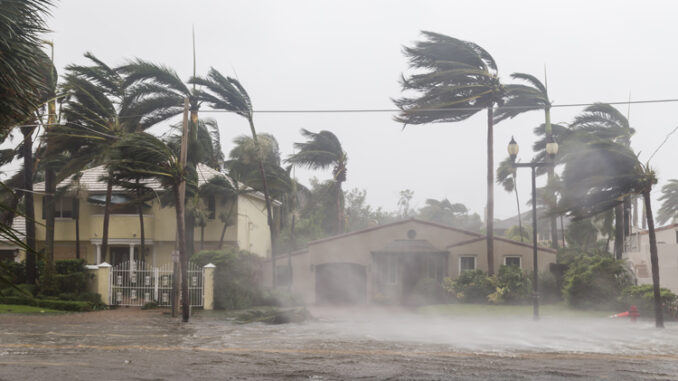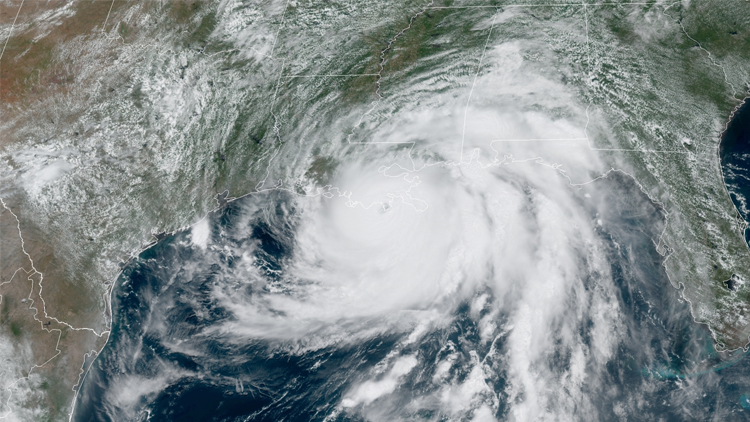
Earlier this fall, a strong hurricane formed in the Gulf of Mexico. The nearby beaches had super-strong winds and heavy rainfall. On September 28, Hurricane Ian made its way to land and hit the gulf coast of Florida. Hurricane categories range from 1-5 based on their wind speed and the potential damage they can cause when they hit land. Hurricane Ian was a Category 4. Winds were blowing at 150 miles per hour. It was one of the strongest hurricanes to ever hit Florida.

Hurricanes are large tropical storms that form in the Atlantic Ocean near the equator. Most hurricanes occur during the fall months when the ocean water is the warmest. Hurricanes form when the water is 80 degrees or warmer. When warm air above the ocean rises, it creates a low-pressure area. The surrounding air rushes into the low-pressure area above the water. The low air pressure causes the hot, humid air from the ocean to rise in a spiral shape. As that warm air rises, it releases heat, cools down, and condenses into gusty bands of clouds. The spiral gets faster and stronger as the low-pressure area continues to suck up humid air. Hurricanes have a calm center, called the eye, where there are no clouds. The eye is surrounded by the eye wall. The most dangerous winds and heaviest rain are found in the eye wall. Rain bands are the outer part of the hurricane and are made up of the newly formed clouds. The rain bands spin out from the center and give the hurricane its size. From above, a hurricane can be up to 300 miles wide! Hurricanes are powerful storms that can cause massive damage.
What Can You Do? What should you do if you live an area that could be affected by a hurricane? What would your safety plan look like?
Reading Response Click on this link to respond to your reading. Print out the response page or upload it to your classroom site.
Photo Credit: (t)FotoKina/Shutterstock, (b)NOAA



